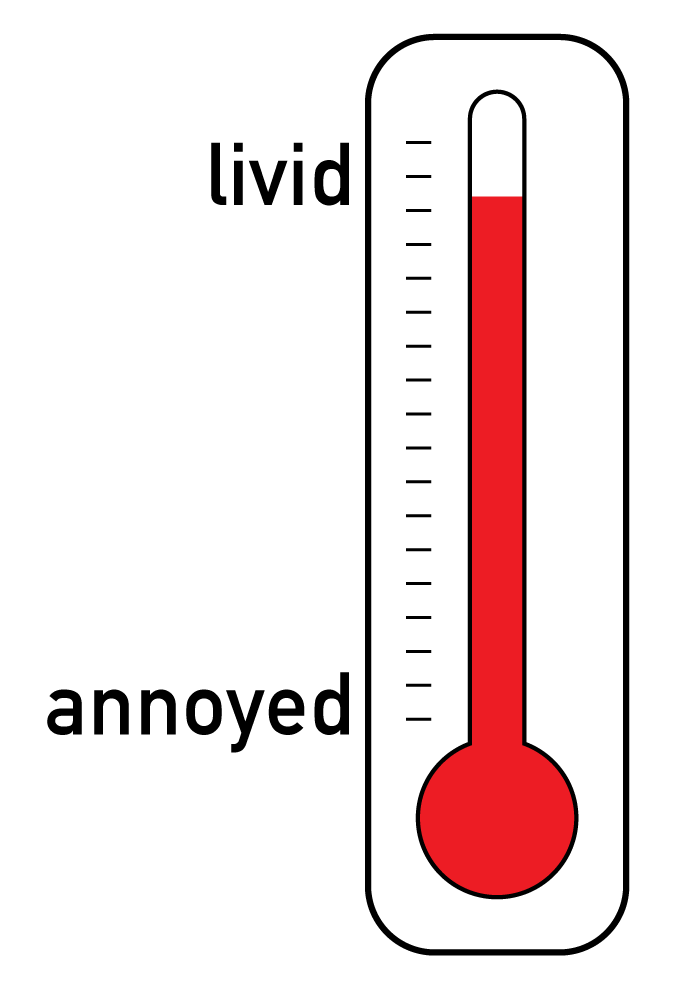Recurrent Exposures
Words are learned best through multiple exposures in a variety of contexts.
Word learning
seems fast, but in fact, words are typically learned only after multiple exposures, as many as 10 - 40 meaningful encounters and opportunities for use. Of course, something about the word might be learned from the first exposure – perhaps whether it is a noun or a verb, or some vague idea of what it means. But multiple exposures to the vocabulary words could mean the difference between students memorizing for the test or truly learning for the long-term. These exposures are needed to nail down meaning, to understand exactly how a word is used, and to be sure the word is remembered. So, effective vocabulary instruction must expose learners to vocabulary words multiple times over the course of a few weeks and even months.
Students should be actively involved in using and thinking about these words through reading, listening, speaking, and writing. These recurrent exposures should not be memorization exercises, but rather meaningful interactions with words in a variety of different contexts. Students are more likely to retain a word’s meaning if they have a chance to use it in discussion or writing on a topic they really care about.
In the Classroom
Categorizing words can an excellent way for students to engage with vocabulary multiple times in one work session.
Example:
This is a list of vocabulary words from a geology unit. Teachers could give small groups of students headings and have them sort this list of words under each of the headings.
Possible headings:
- Materials
- Processes
- Structures
- Properties
- Events
- None of the Above
In some cases students will need to consider how a word might belong in more than one category. Also, students can be encouraged to develop sub-categories or additional categories of their own.
Asthenosphere
Tension
Lava
Basalt
Compression
Ring of fire
Crust
Shearing
Island arc
Granite
Earthquake
Hot spot
Inner core
Hanging Wall
Viscosity
Outer core
Footwall
Pahoehoe
Mantle
Normal fault
Aa
Lithosphere
Reverse fault
Rock cycle
Pressure
Strike-slip fault
Igneous rocks
Seismic waves
Anticline
Metamorphic rocks
Constructive force
Syncline
Sedimentary rocks
Destructive force
Volcano
Stress
Magma
In the Classroom
Word "thermometers" are a visual that can be used to show the subtle but important differences in meaning of words.
Example:
Teachers can place the word
annoyed at the bottom of a thermometer and
livid at the top. Next would come a conversation about the differences in meaning. Also, students can fill in other words that come in between these two. They will vary in terms of intensity.

Professional Learning Task
Continuous exposure to vocabulary in various contexts is helpful. Come up with ways to incorporate the vocabulary words both during the lesson and beyond. Think about what would be required to allow students to have multiple, repeated exposures to vocabulary.
What are three different ways you could expose students to the same word in a meaningful way?
